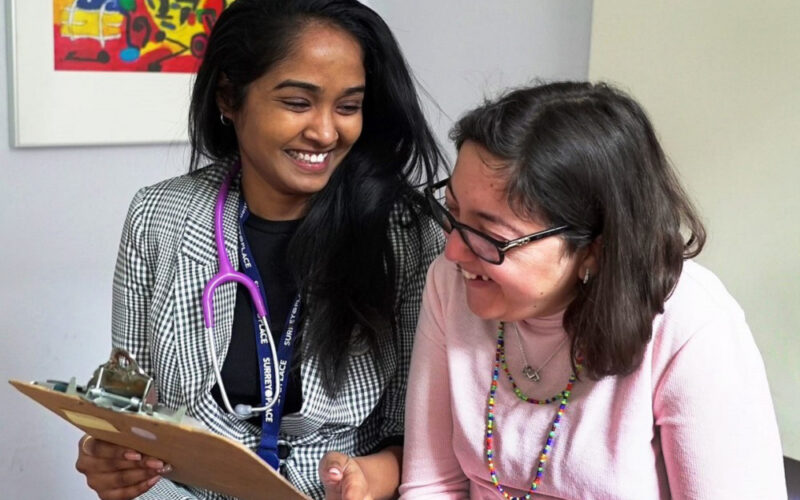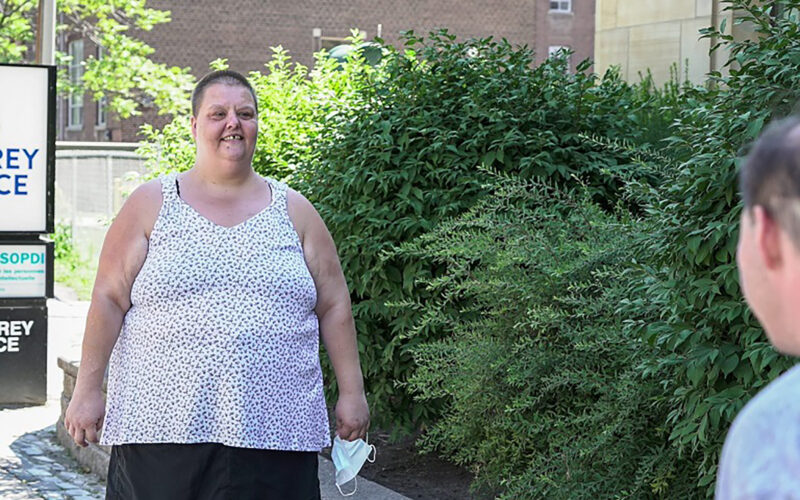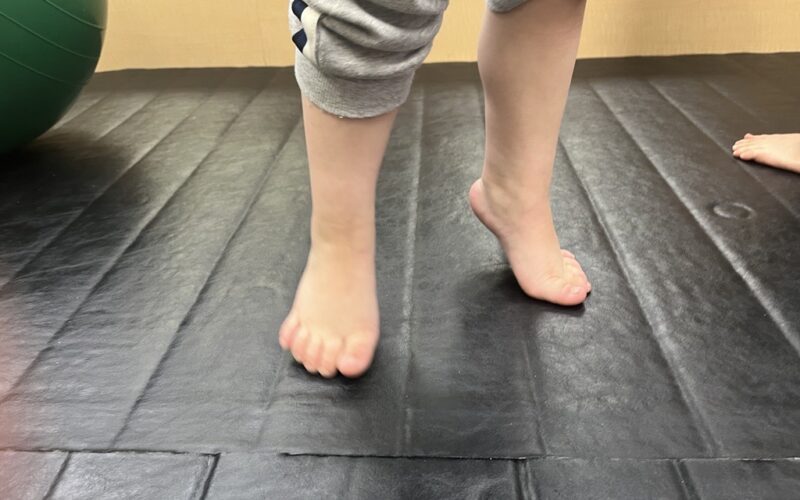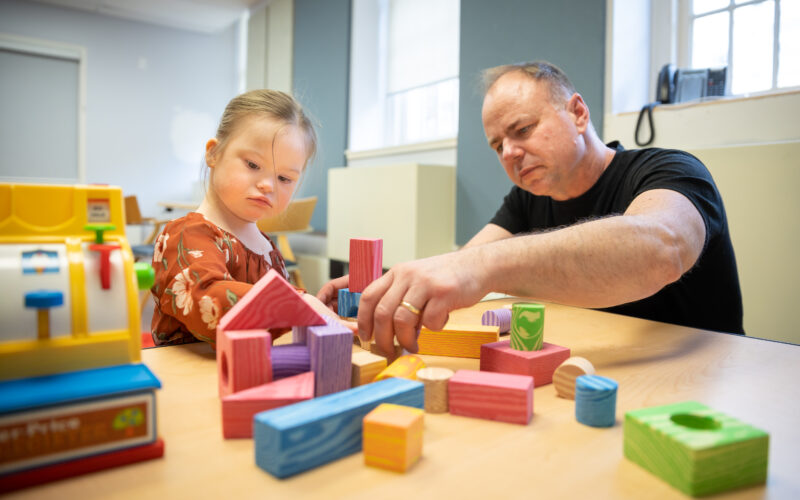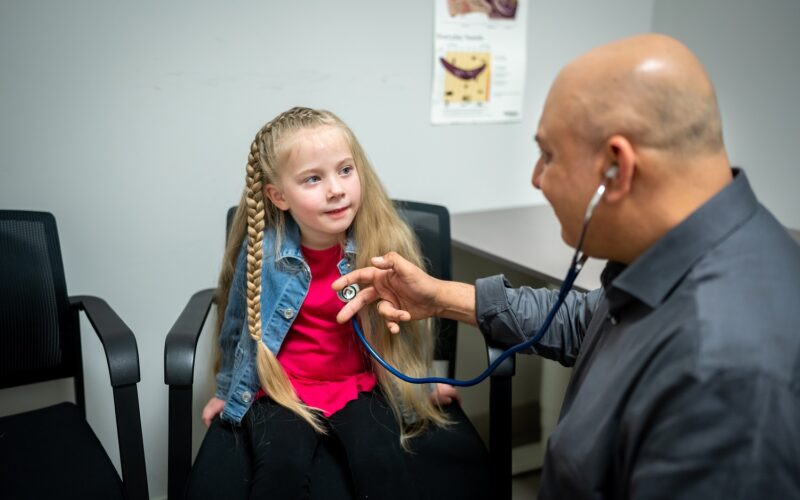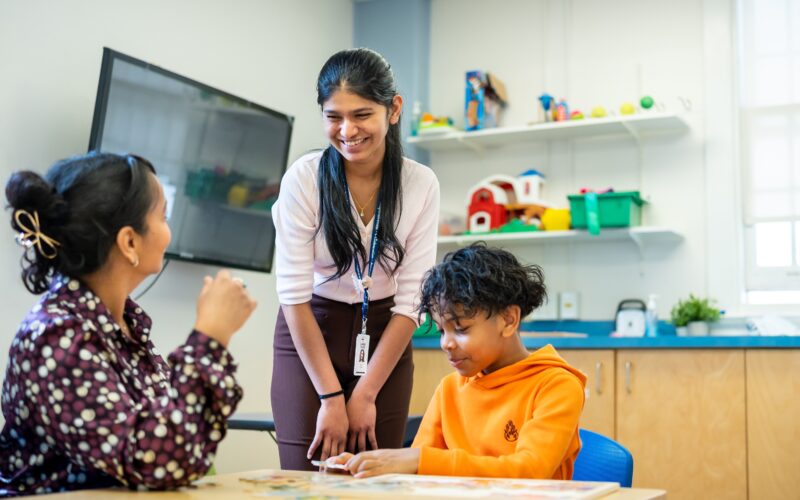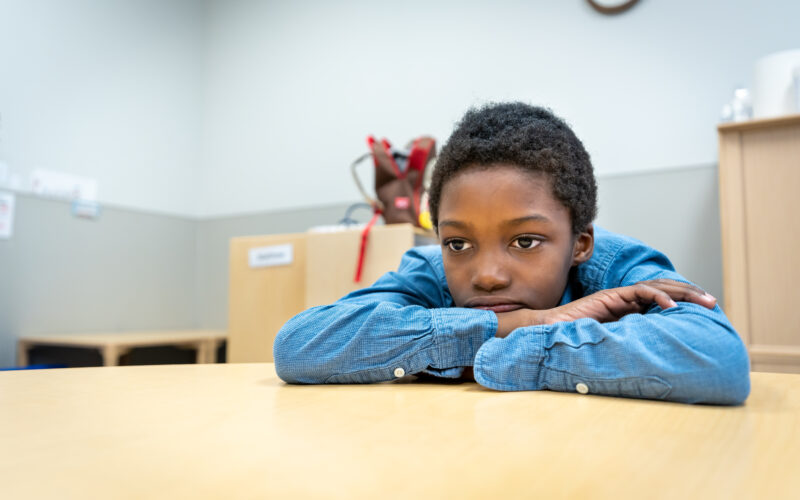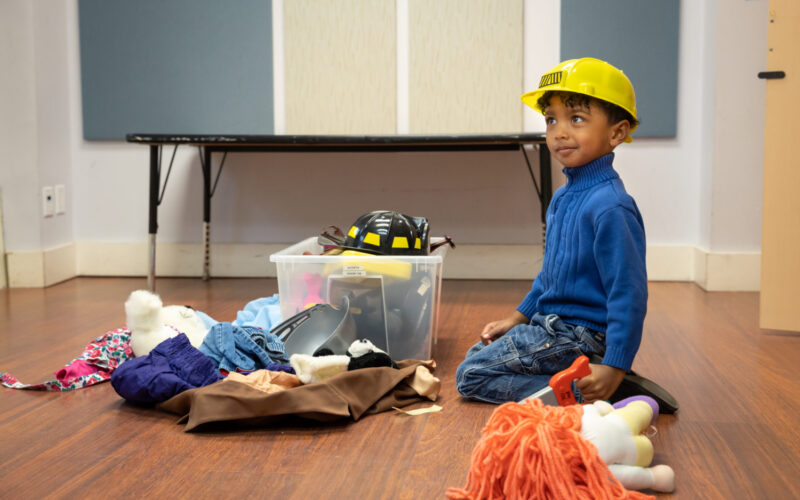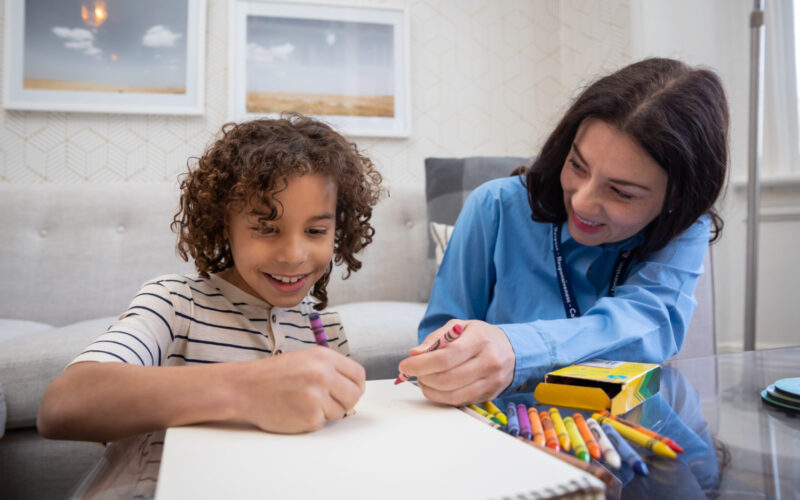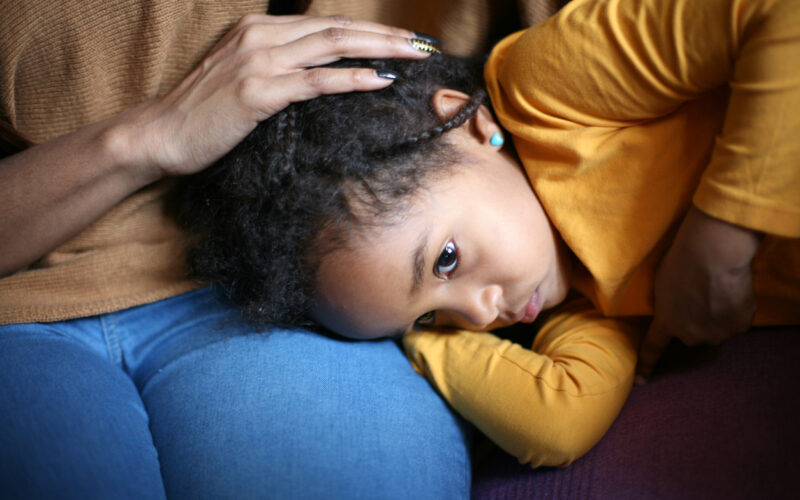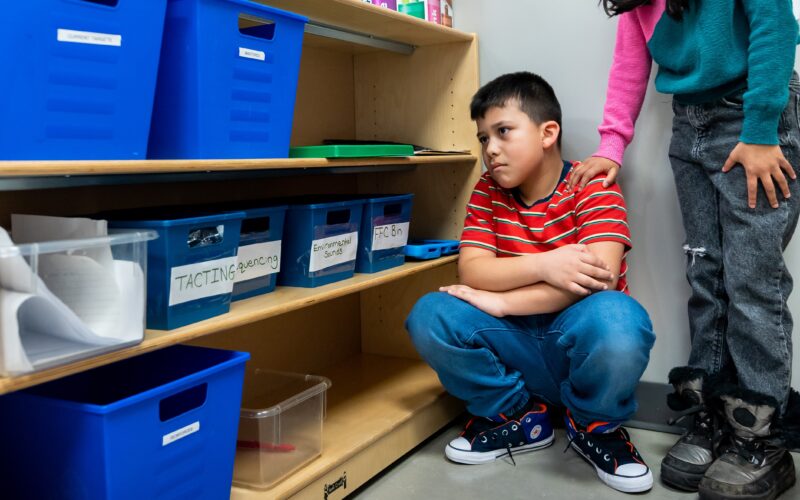Resources
Developmental Disabilities Primary Care Program (DDPCP)
Primary care tools and resources regarding health care for people with IDD
How to Have Meaningful Conversations About Gender and Sexuality
Tips to discuss gender and sexuality with individuals with developmental disabilities, boost confidence and self-awareness through respectful dialogue
Planning a Successful Medical Visit: Tips for Parents of Children with Autism
Recommendations for parents and caregivers of children with autism to prepare for appointments and to ensure successful medical visits
Managing Stress, Anxiety and Depression: Tips for Parents and Caregivers
Learn how to recognize signs of stress, anxiety and depression and follow these tips to manage your well-being
Using the Mediator Model
Learn more about a method you will be expected to use at home with your child while participating in the Urgent Response Services
Anxiety and Depression in Children with Autism: How to Recognize the Signs and Get Help
Learn about signs to watch for, supportive measures, the “strengths-focused” approach and treatment for children and teens with autism
General Proactive Behaviour Strategies to Use at Home
Manage behaviour at home with proactive strategies like recognizing warning signs, maintaining routines and using positive reinforcement
How to Create a Behaviour Contract for Autism
Follow these steps to create a behaviour contract to encourage positive behaviours by outlining expected behaviour and rewards
How to Manage Constipation in Children with Autism
Tip sheet to help children with autism who may be experiencing constipation get the help they need and prevent escalation
How to Make Your Home Safe for Children with Challenging Behaviours
List of quick tips to help make your home a safer environment for your child or youth with autism with challenging behaviours
